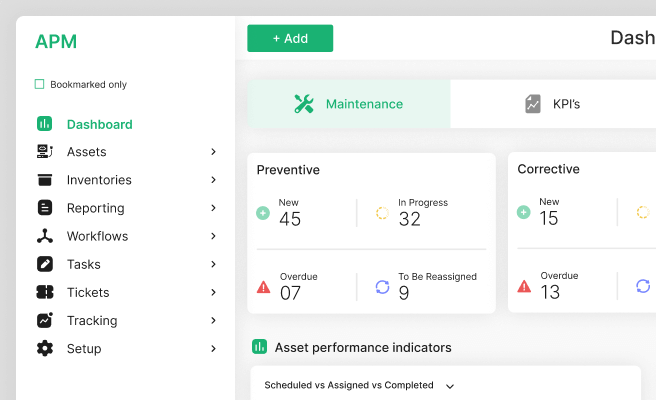Concept Development
<p>Concept development is a crucial phase in product design where initial ideas are transformed into detailed plans that will guide the creation of a product. This stage involves brainstorming, sketching, prototyping, and validating ideas to ensure they meet the target audience's needs and market demands. By effectively developing concepts, organizations can innovate, reduce risks, and align their products with user expectations.</p>
<p>Historically, concept development has evolved with advancements in technology and design methodologies. In the early days, it relied heavily on manual sketches and physical models. Today, it leverages advanced tools and software to create more precise and interactive prototypes, allowing for better visualization and testing of ideas. This evolution has significantly improved the efficiency and effectiveness of the concept development process.</p>
<h2>Steps in Concept Development</h2>
<p>Concept development can be broken down into several key steps, each of which plays a vital role in shaping the final product:</p>
<h3>1. Idea Generation</h3>
<p>This initial step involves brainstorming sessions and creative thinking to generate a wide range of ideas. Techniques such as mind mapping, SWOT analysis, and “How Might We” questions are commonly used to spark creativity and explore various possibilities.</p>
<h3>2. Concept Screening</h3>
<p>Once a pool of ideas is generated, the next step is to screen and evaluate these concepts based on specific criteria such as feasibility, market potential, and alignment with the company's goals. This helps in narrowing down the options to the most promising concepts.</p>
<h3>3. Concept Testing</h3>
<p>Selected concepts are then tested with potential users to gather feedback and insights. This can be done through surveys, focus groups, or creating prototypes. The goal is to validate the concept and identify any improvements needed before moving forward.</p>
<h3>4. Refinement</h3>
<p>Based on the feedback received, the concept is refined and iterated upon. This involves making necessary adjustments to address any issues or enhance the concept further. Continuous testing and iteration ensure that the concept is optimized for success.</p>
<h3>5. Detailed Design</h3>
<p>In this final step, the refined concept is translated into detailed design specifications. This includes creating detailed sketches, 3D models, and technical drawings that will guide the production process. Tools such as CAD software are often used to create precise and accurate designs.</p>
<h2>Real-World Examples</h2>
<p>Successful concept development can be seen in various industries, including climate tech. For instance, companies like Tesla have effectively developed concepts for electric vehicles, transforming initial ideas into market-leading products. Similarly, in the realm of sustainable agriculture, startups are creating innovative solutions such as vertical farming systems that maximize space and resources.</p>
<p>These real-world examples demonstrate the importance of thorough concept development in achieving groundbreaking innovations and addressing complex challenges.</p>
<h2>Tools and Techniques</h2>
<p>Several tools and techniques can aid in the concept development process. Software like <a href="https://www.sketch.com/" style="color:#2896FF; text-decoration: underline;">Sketch</a>, <a href="https://www.adobe.com/products/xd.html" style="color:#2896FF; text-decoration: underline;">Adobe XD</a>, and <a href="https://www.figma.com/" style="color:#2896FF; text-decoration: underline;">Figma</a> are popular for creating digital prototypes and interactive designs. These tools allow designers to visualize, test, and iterate on their concepts efficiently.</p>
<p>Additionally, methodologies like Design Thinking and Agile Development provide structured approaches to concept development, emphasizing user-centric design and iterative improvement. These frameworks help teams stay focused on user needs and adapt to changes quickly.</p>
<h2>Benefits and Challenges</h2>
<p>Effective concept development offers numerous benefits, including:</p>
<ul>
<li>Enhanced Innovation: Encourages creative thinking and exploration of new ideas.</li>
<li>Risk Reduction: Identifies potential issues early, reducing the risk of failure.</li>
<li>Market Alignment: Ensures that the product meets market demands and user needs.</li>
</ul>
<p>However, it also presents challenges such as:</p>
<ul>
<li>Resource Intensive: Requires significant time and effort to explore and validate concepts.</li>
<li>User Feedback: Gathering and interpreting user feedback can be complex and time-consuming.</li>
<li>Iteration: Continuous iteration might delay the final product launch but is crucial for refining concepts.</li>
</ul>
<h2>Conclusion</h2>
<p>Concept development is a vital process in product design that transforms initial ideas into detailed, actionable plans. By following a structured approach and leveraging advanced tools and techniques, organizations can innovate effectively and create products that resonate with their target audience. For those looking to enhance their concept development process, investing in user research, iterative testing, and collaboration with skilled designers is key to success.</p> <p>To understand the power of design across industries and sectors, view our diverse portfolio of works. <a href="https://www.whatifdesign.co/work" style="color:#2896FF; text-decoration:underline;">View our portfolio</a>.</p> <p>If you’re looking for inspiration to elevate customer and user experience for enterprise-grade products, View our work with the Ministry of Health of Saudi Arabia for curating the UX of an <a href="https://www.whatifdesign.co/work/enterprise-software-for-hospitals" style="color:#2896FF; text-decoration:underline;">Asset Management Tracking Platform</a></p>
<p>Ready to get started? <a href="https://cal.com/akhilak/what-if-design?duration=30" style="color:#2896FF; text-decoration:underline;">Book a 1:1 consultation call</a> with us today.</p>

Let's scale your impact with great design.
Free consultation, no sales pitch
Thank you! Your submission has been received!
Oops! Something went wrong while submitting the form.
Let’s talk
Nothing great is built alone.
Let’s connect about your vision, our work and how we can collaborate.
Get in touch

